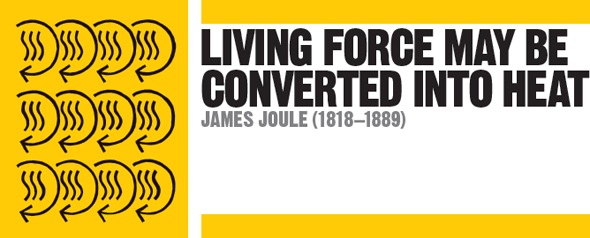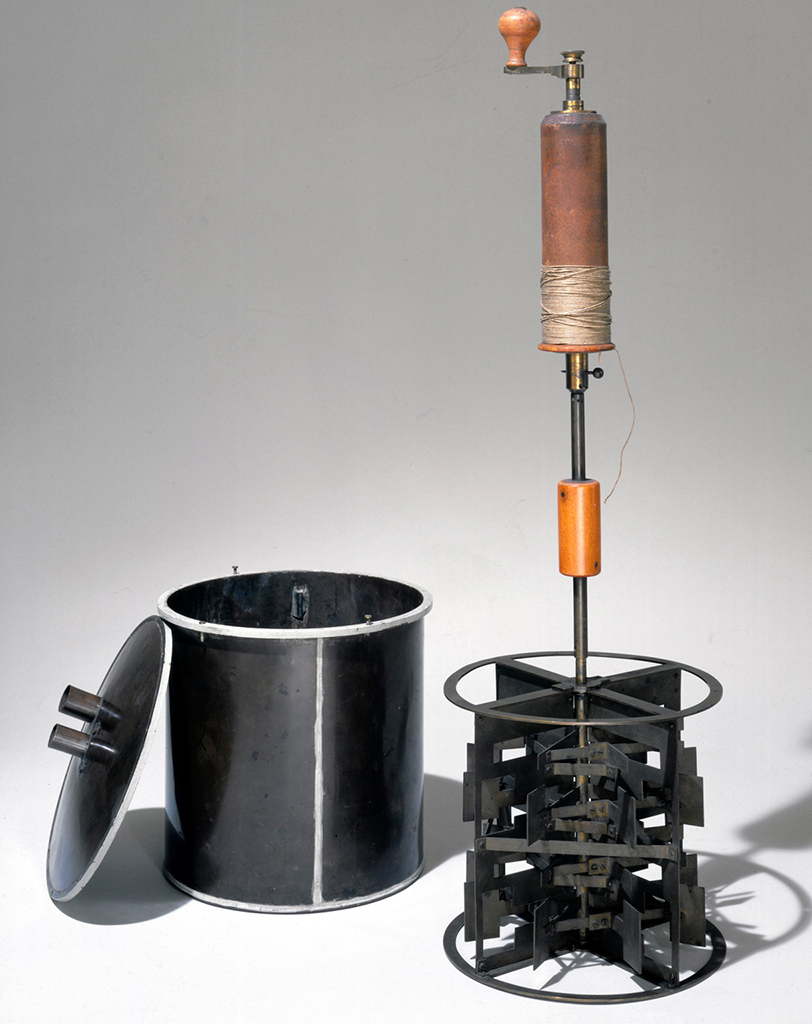
IN CONTEXT
Physics
1749 French mathematician Émilie du Châtelet derives her law of the conservation of energy from Newton’s laws.
1824 French engineer Sadi Carnot states that there are no reversible processes in nature, paving the way for the second law of thermodynamics.
1834 French physicist Émile Clapeyron develops Carnot’s work, stating a version of the second law of thermodynamics.
1850 German physicist Rudolf Clausius gives the first clear statement of the first and second laws of thermodynamics.
1854 Scottish engineer William Rankine adds the concept that is later named entropy (a measure of disorder) in the transformation of energy.
The principle of the conservation of energy states that energy is never lost but only changed in form. But in the 1840s, scientists had only a vague idea of what energy was. It was a British brewer’s son, James Joule, who showed that heat, mechanical movement, and electricity are interchangeable forms of energy, and that when one is changed to another the total energy remains the same.
Converting energy
Joule began his experiments in a laboratory in the family home. In 1841, he worked out how much heat an electric current generates. He experimented with converting mechanical movement into heat, and developed an experiment in which a falling weight turns a paddle wheel in water, heating the water. By measuring the rise in temperature of the water, Joule was able to work out the exact amount of heat a certain amount of mechanical work would create. He went on to assert that no energy was ever lost in this conversion. His ideas were largely ignored until 1847, when German physicist Hermann Helmholtz published a paper summarizing the theory of the conservation of energy, and Joule then presented his work at the British Association in Oxford. The standard unit of energy, a joule, is named after him.

In Joule’s experiment, a falling weight drove a paddle that turned inside a bucket of water. The energy of the movement was changed into heat.
See also: Isaac Newton • Joseph Black • Joseph Fourier